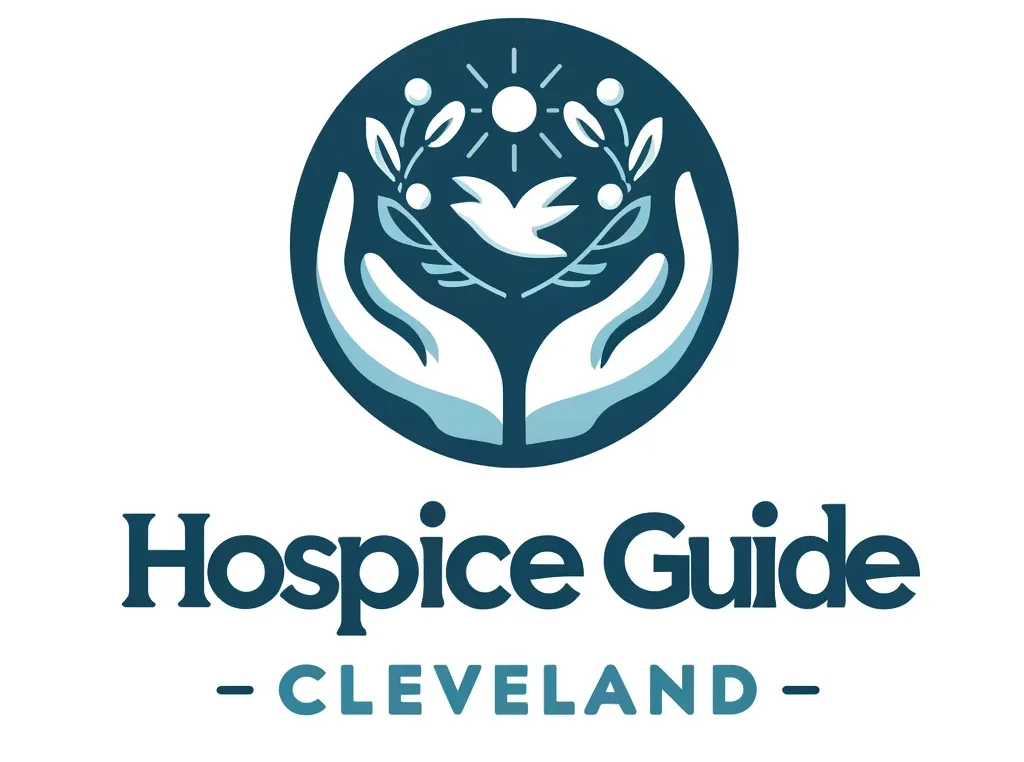Introduction
In the realm of palliative care, especially within hospice settings for the elderly, there’s a growing interest in alternative therapies that go beyond traditional pain management and emotional support. Two such therapies, Psilocybin and Ketamine, are gaining attention for their potential to significantly improve the quality of life for terminally ill patients. This article delves into how these treatments are being integrated into end-of-life care, their impacts, and the considerations involved.
Psilocybin Therapy in Hospice Care
Background: Psilocybin, a naturally occurring psychedelic compound found in certain mushrooms, has traditionally been associated with spiritual experiences. Recent studies, however, have highlighted its potential in treating mental health issues, notably in patients facing life-threatening diseases.
Application and Impact: In a hospice setting, psilocybin therapy aims to alleviate existential distress associated with terminal illnesses. Patients report profound experiences leading to a significant decrease in depression and anxiety, fostering a sense of peace and acceptance regarding their condition.
Legal and Medical Considerations: Despite promising results, psilocybin remains a Schedule I substance in many regions, limiting its use. Where legal, its administration requires strict medical supervision and a thoughtful consideration of patient’s health status.
Ketamine Therapy in the Hospice Environment
Background: Known primarily as an anesthetic, Ketamine has emerged as a rapid-acting antidepressant, especially beneficial for treatment-resistant cases of depression.
Role in Hospice Settings: Ketamine offers dual benefits in hospices – rapid alleviation of depressive symptoms and effective pain management. This dual action can be pivotal in enhancing the overall comfort of elderly patients in their final days.
Administration and Patient Selection: Administered under medical supervision, typically via IV or nasal spray, ketamine therapy necessitates close monitoring. It’s not universally suitable; careful patient selection is crucial based on medical history and current health condition.
Integrating Psilocybin and Ketamine into Comprehensive Palliative Care
Both treatments should not be viewed as standalone solutions but as part of a broader, holistic approach to end-of-life care. This involves addressing the full spectrum of the patient’s needs – physical, emotional, and spiritual. Ethical and legal considerations are paramount, as is ensuring that the treatment aligns with the patient’s personal values and preferences.
Conclusion
As we continue to explore and understand these therapies, Psilocybin and Ketamine could redefine the approach to end-of-life care, offering new avenues for comfort and peace in the final stages of life. While challenges remain, particularly in the realms of legality and ethical application, the potential benefits these therapies offer cannot be overlooked in our ongoing quest to provide compassionate and effective care in hospice settings.
Note for the Reader: The landscape of palliative care is constantly evolving, and so is our understanding of these therapies. Keeping informed and engaged with the latest research is crucial in advocating for compassionate and innovative care options.
